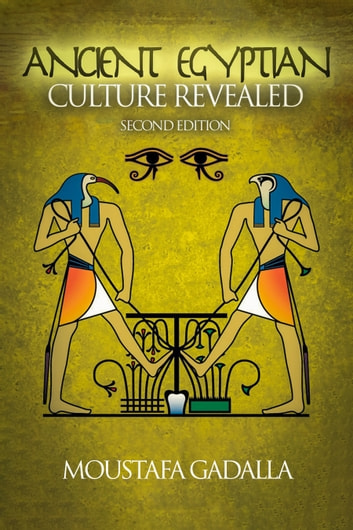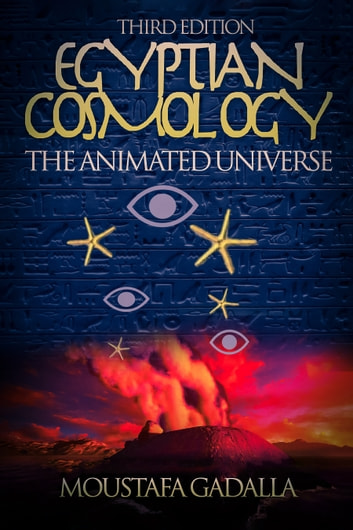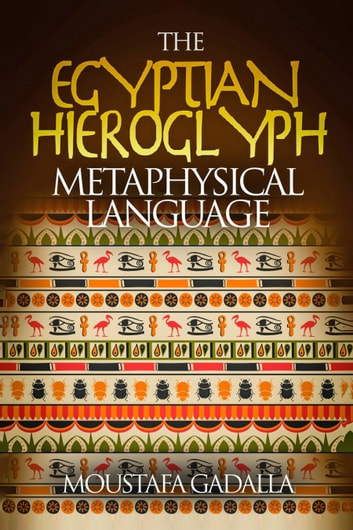
Ancient Egyptian Culture Revealed, Second Edition
SHORT DESCRIPTION
This new expanded edition reveals several aspects of the Ancient Egyptian culture, such as the very remote antiquities of Egypt; the Egyptian characteristics and religious beliefs and practices; their social/political system; their cosmic temples; the richness of their language; musical heritage and comprehensive sciences; their advanced medicine; their vibrant economy; excellent agricultural and manufactured products; their transportation system; and much more.
View Buying Options



